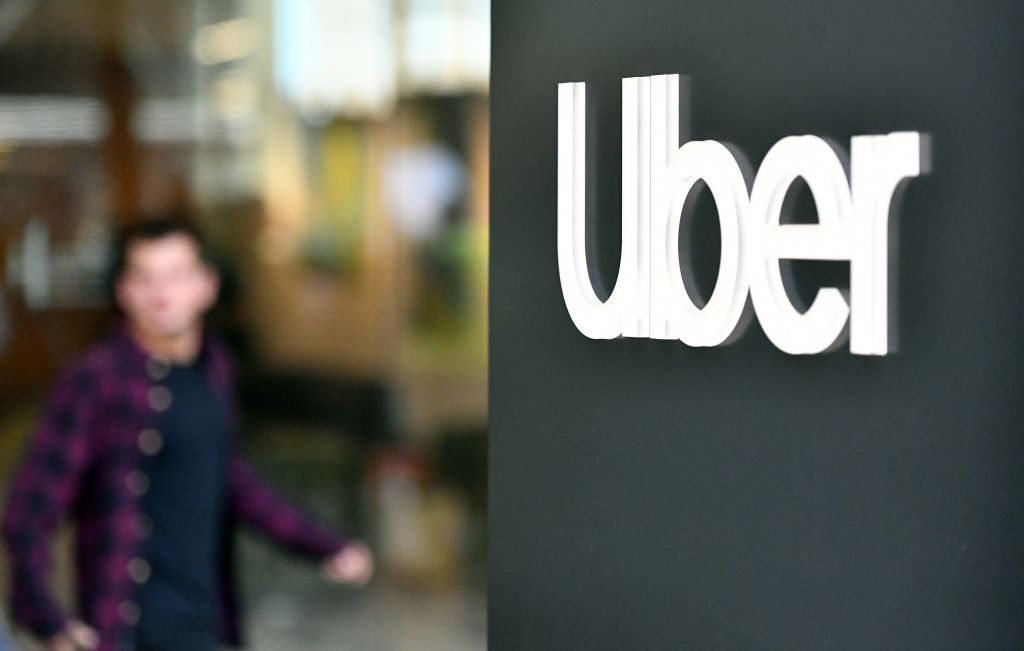In a recent incident that has sparked discussions about the reliability of artificial intelligence (AI) in security applications, a high school’s AI-powered surveillance system erroneously identified a student’s bag of Doritos as a potential firearm. This false positive led to a temporary lockdown and raised questions about the effectiveness and accuracy of AI in ensuring school safety.
The Incident
The event unfolded on October 25, 2025, at Jefferson High School, a suburban institution that had recently implemented an AI-based security system designed to detect weapons and other threats. During a routine lunch period, the system flagged an object in a student’s possession as a firearm. The object in question was later identified as a standard-sized bag of Doritos chips.
Upon the system’s alert, school officials promptly initiated lockdown procedures, following the protocol established for potential threats. Law enforcement was notified, and officers arrived on the scene to assess the situation. After a thorough investigation, it was determined that the alert was a false positive, and the lockdown was lifted without incident.
AI in School Security
The integration of AI into school security systems has been on the rise, with the goal of enhancing safety measures and providing real-time threat detection. These systems utilize machine learning algorithms to analyze video feeds and identify objects that resemble weapons or other dangerous items. When a potential threat is detected, the system alerts school officials, allowing for swift action.
However, the effectiveness of these systems is contingent upon their accuracy. False positives, such as the one experienced at Jefferson High School, can lead to unnecessary panic, disruption of educational activities, and a potential erosion of trust in the technology.
Challenges and Limitations
The incident at Jefferson High School highlights several challenges associated with AI-based security systems:
1. Object Recognition Limitations: AI systems rely on vast datasets to learn and recognize objects. However, variations in object appearance, lighting conditions, and angles can lead to misidentifications. In this case, the system mistook the reflective surface and shape of the Doritos bag for a firearm.
2. Contextual Understanding: AI lacks the ability to understand context in the way humans do. While a human observer would quickly discern that a student holding a snack poses no threat, an AI system may not have the contextual awareness to make such distinctions.
3. Overreliance on Technology: Dependence on AI for critical security decisions without human verification can lead to overreactions and unnecessary interventions. It’s essential to balance technological tools with human judgment.
Implications for School Safety
The false alarm at Jefferson High School serves as a cautionary tale for educational institutions considering or currently using AI-based security systems. While technology can augment safety measures, it is not infallible. Schools must consider the following:
– Comprehensive Training: Staff should be trained to interpret AI alerts critically and verify threats before initiating emergency protocols.
– System Calibration: Regular updates and calibration of AI systems are necessary to improve accuracy and reduce false positives.
– Human Oversight: AI should serve as a tool to assist human decision-makers, not replace them. Maintaining a level of human oversight ensures that contextual nuances are considered.
Broader Context
This incident is not isolated. Similar false positives have been reported in various sectors where AI is employed for security purposes. For instance, in 2023, a security lapse exposed weak points on Honda’s internal network, highlighting vulnerabilities in AI systems used for corporate security. ([techcrunch.com](https://techcrunch.com/2019/07/31/security-lapse-exposed-weak-points-on-hondas-internal-network/?utm_source=openai))
Moreover, the integration of AI in security has raised ethical and privacy concerns. The potential for surveillance overreach and the collection of personal data without consent are issues that require careful consideration and regulation.
Moving Forward
As AI technology continues to evolve, it is imperative for developers, policymakers, and end-users to collaborate in creating systems that are both effective and trustworthy. This includes:
– Transparency: Clear communication about how AI systems operate and the data they collect.
– Accountability: Establishing protocols for addressing errors and holding developers accountable for system failures.
– Community Engagement: Involving stakeholders, including students, parents, and staff, in discussions about the implementation and use of AI in schools.
Conclusion
The misidentification of a Doritos bag as a firearm by an AI security system at Jefferson High School underscores the complexities and challenges of integrating artificial intelligence into safety protocols. While AI offers promising tools for enhancing security, it is not a panacea. A balanced approach that combines technological innovation with human oversight and ethical considerations is essential to ensure the safety and well-being of students and staff.



